This article was co-authored by Joel Warsh, MD. Dr. Joel Warsh is a board certified Pediatrician and the Owner & Founder of Integrative Pediatrics and Medicine in Los Angeles, California. With over a decade of experience, Dr. Warsh specializes in holistic and integrative medicine. He holds a Bachelor’s degree in Kinesiology and Health Sciences, a Master’s degree in Epidemiology and Community Health, and a Doctor of Medicine (MD) from Thomas Jefferson Medical College, where he was elected president of the Jefferson Pediatric Society. Dr. Warsh then completed his Pediatric Residency at Children’s Hospital of Los Angeles (CHLA), where he received the George Donnell Society Research Fellow.
There are 12 references cited in this article, which can be found at the bottom of the page.
This article has been viewed 45,826 times.
Migraines can trigger the sensation of nausea and the need to vomit in sufferers. This can be very unpleasant, and makes migraines even harder to deal with. Luckily there are some things you can do to reduce your nausea and prevent vomiting, or even target the migraine itself.
Steps
Using Self-Care Methods
-
1Take paracetamol. Paracetamol is a very effective and easily available over-the-counter drug that can relieve a migraine.[1]
- It mainly acts by blocking certain chemicals in the body that cause the dilation of the blood vessels. This stops the headache and, in turn, the nausea and vomiting too.
- The usual dosage of paracetemol is a 500 mg tablet, taken up to 4 times per day after eating
-
2Use anti-emetic drugs. Anti-emetic drugs are drugs that are formulated to prevent emesis (which is the medical term for vomiting). They act mainly by slowing the gastric action which causes regurgitation.[2]
- The most commonly used anti-emetic drugs are domperidone and ondensetron. The dosage of domperidone is one 10 mg tablet which can be taken three times a day just before eating a meal or whenever nausea persists.
- Ondensetron dosage is one 8 mg tablet taken twice a day before eating or whenever nausea persists.
Advertisement -
3Stay hydrated. Migraine is aggravated by dehydration, so when you experience nausea and vomiting, you might already be dehydrated. Lack of fluid, specifically cerebral fluid, causes migraines.
- Therefore, you should drink plenty of water as soon as you feel a migraine coming on, and make sure to replace lost fluids with a glass or two of water following a vomiting episode.
- In order to prevent migraines you should avoid dehydration by drinking 6 to 8 glasses of water per day.
-
4Apply a cold compress to your forehead. An ice cold towel can be placed over the forehead to help alleviate the pain of the migraine.[3]
- It is believed that the cold temperature helps to constrict the dilated blood vessels on the surface of the brain which are causing the headache symptoms.
- Once the migraine itself is alleviated, symptoms of nausea and vomiting should subside.
-
5Use menthol-based balms. Though they are not backed up by any proper scientific research, menthol-based balms originating from the East (China and India mainly) can be applied over the forehead for relief of headaches.
- A commonly available commercial form is “Vicks”. It is believed that the strong menthol aroma can help constrict blood vessels and give relief.
- However, the skeptical scientists believe the strength of the smell itself can “distract” the person from the pain of the headache, hence making the person believe that the headache has gone.
-
6Have a snack. During migraine episodes, nausea and vomiting may also be triggered by hyperacidity. If your stomach is hyper acidic it may give you the sensation of needing to vomit. Having a light snack during migraine episodes can prevent the hyperacidity which leads to nausea and vomiting.
- The best snacks are soda crackers. Soda crackers contain sodium. Sodium in the stomach reduces acidity.
- Refrain from eating snacks high in acidity such as citrus fruits, protein containing food like beef, pork and peanuts and fermented and picked fruits foods.
-
7Consider switching your birth control pills. Using birth control pills can cause headaches and migraines, leading to nausea and vomiting. This type of migraine is caused by the drop in estrogen in a woman’s body.[4]
- The monthly pill pack of contraceptive contains placebo pills that are used during the days of menstruation. However, during the other days of the month, a woman takes estrogen pills. The shift of estrogen pills to placebo pills causes a drastic decrease in estrogen which causes migraine.
- There are few ways to prevent this type of migraine. When the root cause of the migraine induced nausea and vomiting is addressed, nausea and vomiting is also treated.
- You can either: shift to contraceptive pills which contain fewer placebo pills; shift to contraceptive pills will lower dose of estrogen; shift to progesterone only birth control pills.
-
8Stop smoking. Studies have shown that smokers and second hand smokers are more prone to headaches and migraines associated with nausea and vomiting. This is due to the nicotine found in cigarettes and tobaccos. Nicotine causes the blood vessels in the brain to constrict.[5]
- Aside from nicotine, cigarette contains carbon monoxide which provokes a lack of oxygen to the brain, which triggers headache. Smoking also causes a decrease in monoamine oxidase activity. A decrease in monoamine oxidase activity is linked to an increase in occurrence of headaches.
- Aside from that, studies have also shown that smoking causes hyperacidity which can lead to nausea and vomiting. Therefore, it's a good idea to quit smoking, or at least cut back on it for a while.
Using Home Remedies
-
1Take ginseng. Ginseng is one of the most commonly known alternative medicinal herbs that help with a stomach upset. It is best taken in capsule form immediately after the onset of symptoms.
- Ginseng is classified as an adaptogen herb. These types of herbs are known to help the body deal with stress. Nausea and vomiting is usually associated with stress induced by headaches.
- Chemicals found in ginseng reduce stress and therefore can reduce acidity in the stomach leading to hyperacidity. This prevents nausea and vomiting.
-
2Make peppermint tea. Another herb known to help with stomach upsets is peppermint. Peppermint is known to reduce spasms in the digestive tract. These spasms can induce nausea and vomiting.
- Peppermint may come in the form of tea or oil. For nausea and vomiting, tea is the recommended form of peppermint since it addresses the spasms in the stomach. unlike peppermint oil which normally use as a relaxing and calming agent.
- Peppermint tea is prepared by brewing the leaves in boiling water. Chew the leaves between sips of tea. A cup of peppermint tea during episodes of nausea and vomiting can help a lot.
-
3Make use of cinnamon and cloves. This cinnamon and cloves remedy is prepared by brewing one half teaspoon of cinnamon or one teaspoon of cloves in a cup of boiling water, then wait for it to seep and strain.
- Cinnamon is known to be a carminative. This helps to break up intestinal gases. When intestinal gases and gastrointestinal spasm are reduced, nausea and vomiting are also reduced.
- Cloves are flower buds from an aromatic evergreen tree. Cloves can be prepared in oil form or dried. Cloves are rich in minerals such as sodium, which is helpful for those who suffer from nausea and vomiting since it decreases acidity. The oil from of cloves can also be used to combat nausea. To use it, apply the oil to your temples and massage until relief is felt.
-
4Experiment with cumin and nutmeg. A cumin and nutmeg remedy is prepared by crushing one teaspoon of cumin seeds and infusing it with a pinch of nutmeg.
- Boil a cup of water and add the crushed cumin and nutmeg. Strain and slowly sip the mixture.
- Cumin is known to have a warming property. This warming property relieves acid secretion in the stomach. Nutmeg is an herb that contains chemicals which aid in digestion and also help in neutralizing hyperacidity of the stomach.
-
5Try using ginger. Ginger is one of the best known herbs for helping with stomach problems.[6] Peel and grate a piece of ginger root, squeeze with a garlic crusher and separate the juice. You can either drink it directly or add hot water and drink.
- Ginger contains the chemicals phenol, gingerol and shogaol. These chemicals soothe the stomach into its original rhythm.
- When the stomach goes back to its original rhythm, nausea and vomiting is prevented.
Using Alternative Treatments
-
1Sign up for acupuncture. Acupuncture is known as an alternative treatment for easing a migraine and its symptoms such as nausea and vomiting.
- Acupuncture is done through the insertion of extremely thin needles at strategic points around the body. Furthermore, acupuncture encourages tranquility and relaxes the person suffering from cluster headaches.
- The points that need to be stimulated for nausea and vomiting include the following: foot yang ming, ST 36 (lower he-sae), ST 25, PC 6, Ren 10 (pyloric sphincter, digestion), Li Nei Ting (digestion, under ST 44).
-
2Experiment with Acupressure. Acupressure is a Chinese healing art. It uses the fingers to apply pressure to key points. Just like acupuncture, its purpose is to enhance the flow of energy in the body. Here are a few acupressure points.
- Ocean of energy: This point is located a finger width under the belly button. Massaging this area can relieve stomach discomfort.
- Inner gate:This point is situated on the inside of the wrist, two and a half finger widths beneath the crease. Stimulating this spot by applying pressure using your thumb can help with the nausea and vomiting.
- Sea of vitality: This point is located on the lower back, at the waist, between two and four finger widths on either side of the spine.
Understanding Migraines
-
1Understand what a migraine is. A migraine, in simple terms, is a chronic neurological disorder. It is characterized by recurrent headaches as well as other symptoms such as vomiting and seeing “flashes of light” (known as aura). To better understand migraines, various renowned medical authors have split migraine symptoms into phases. They are;[7]
- Prodrome
- Aura
- Attack
- Postdrome
- Not every patient will suffer from each phase. Only one particular phase may occur and then nothing else. However, the opposite can also be true.
-
2Recognize what happens in the attack phase of the migraine. The attack phase of a migraine is the headache itself, which can be mild to severe. The pain can be throbbing and on both sides of the head, and is usually felt behind the eyes.
- There is usually a sensitivity to light and a handful of patients prefer to stay in a dark room. It is during the attack phase that patients can feel extremely nauseous and have a few episodes of vomiting.
- The attack phase can last anywhere between four hours to 72 hours depending on how well treatment works and whether the patient is on medication or not.
-
3Be aware that not much is known about why migraines occur. Vast research has been going on for over two decades on migraines, their effect on the body and the constant search for a potential cure or at least more effective treatment options.
- Unfortunately not much progress has been made in finding the exact cause of why a migraine occurs. There has, however, been strong evidence linked to the familial history of the disease with a strong presence amongst first generation of relatives and siblings.
-
4Understand the link between migraines, nausea and vomiting. Other than the potentially severe headache, vomiting is one of the most painful symptoms that one can suffer from during a migraine. However, on the other side of the coin, some patients have reported to have a temporary sense of relief from the migraine after they have vomited, but not all patients feel the same.
- It's unclear as to exactly why people suffer nausea and episodes of vomiting along with their migraines. The present hypotheses surrounding this is that migraines occur when nerves in the brain send messages (signals) to the blood vessels to dilate, in particular, the ones that lay on the surface of our brains. Estrogen hormone levels are also thought to play a role, hence explaining the incidence being higher in women than in men.
- Continuing on the theory of blood vessels on the brain’s surface getting dilated; neurologists also say that the levels of certain neurotransmitters (the chemicals that help transmit the brain’s signals to various tissues and organs) fall when there is dilation of the blood vessels.
- One neurotransmitter called serotonin is believed to be the main culprit. Therefore it is indeed possible that lower levels of this neurotransmitter may be more likely to cause migraines as well as nausea. The link to nausea is credible because a drop in serotonin levels is also witnessed in other conditions like motion sickness, which also gives rise to vomiting.
Expert Q&A
Did you know you can get expert answers for this article?
Unlock expert answers by supporting wikiHow
-
QuestionHow do I stop feeling nauseous when I have a migraine?
 Joel Warsh, MDDr. Joel Warsh is a board certified Pediatrician and the Owner & Founder of Integrative Pediatrics and Medicine in Los Angeles, California. With over a decade of experience, Dr. Warsh specializes in holistic and integrative medicine. He holds a Bachelor’s degree in Kinesiology and Health Sciences, a Master’s degree in Epidemiology and Community Health, and a Doctor of Medicine (MD) from Thomas Jefferson Medical College, where he was elected president of the Jefferson Pediatric Society. Dr. Warsh then completed his Pediatric Residency at Children’s Hospital of Los Angeles (CHLA), where he received the George Donnell Society Research Fellow.
Joel Warsh, MDDr. Joel Warsh is a board certified Pediatrician and the Owner & Founder of Integrative Pediatrics and Medicine in Los Angeles, California. With over a decade of experience, Dr. Warsh specializes in holistic and integrative medicine. He holds a Bachelor’s degree in Kinesiology and Health Sciences, a Master’s degree in Epidemiology and Community Health, and a Doctor of Medicine (MD) from Thomas Jefferson Medical College, where he was elected president of the Jefferson Pediatric Society. Dr. Warsh then completed his Pediatric Residency at Children’s Hospital of Los Angeles (CHLA), where he received the George Donnell Society Research Fellow.
Board Certified Pediatrician
References
- ↑ https://www.nhs.uk/conditions/migraine/treatment/
- ↑ https://www.nhs.uk/conditions/migraine/treatment/
- ↑ https://my.clevelandclinic.org/health/diseases/5005-migraine-headaches#management-and-treatment
- ↑ https://my.clevelandclinic.org/health/diseases/5005-migraine-headaches#management-and-treatment
- ↑ https://medlineplus.gov/ency/patientinstructions/000420.htm
- ↑ Joel Warsh, MD. Board Certified Pediatrician. Expert Interview. 2 February 2021.
- ↑ https://my.clevelandclinic.org/health/diseases/5005-migraine-headaches#management-and-treatment
- Aamodt AH, et al. Comorbidity of headache and gastrointestinal complaints. The Head-HUNT Study. Cephalalgia. 2007:28;144.
- Attard CL et al. The burden of illness of severe nausea and vomiting of pregnancy in the United States. American Journal of Obstetrics and Gynecology 2002; 186: S220-S227.
- Chou FH et al. Psychosocial factors related to nausea, vomiting, and fatigue in early pregnancy. Journal of Nursing Scholarship 2003; 35: 119-25.
- Cady RK, et al. The bowel and migraine: Update on celiac disease and irritable bowel syndrome. Current Pain and Headache Reports. 2012;16:278.
- Cuvellier JC, et al. Childhood periodic syndromes. Pediatric Neurology. 2010;42:1.
- Ernst E, Pittler MH. "Efficacy of ginger for nausea and vomiting: a systematic review of randomized clinical trials." Br J Anaesth. 2000 Mar;84(3):367-71.
- Malagelada J-R, Malagelada C. Nausea and vomiting. In: Feldman M, Friedman *LS, Brandt LJ, eds. Sleisenger & Fordtran's Gastrointestinal and Liver Disease. 9th ed. Philadelphia, Pa: Saunders Elsevier; 2010:chap 14.
- Mcquaid K. Approach to the patient with gastrointestinal disease. In: Goldman L, Schafer AI, eds. Cecil Medicine. 24th ed. Philadelphia, Pa: Saunders Elsevier; 2011:chap 134.
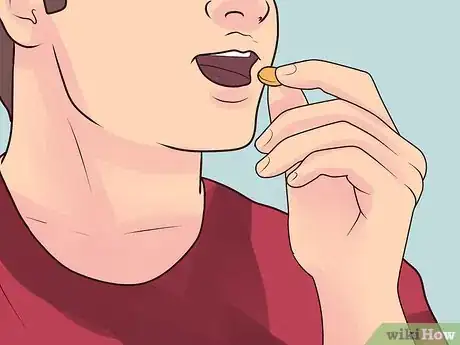



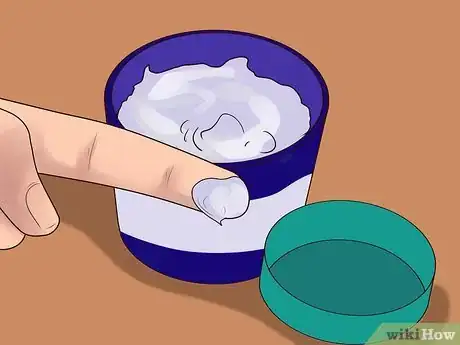
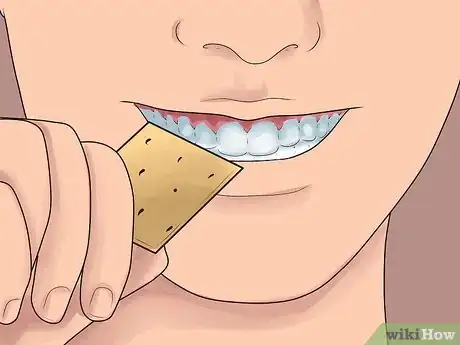
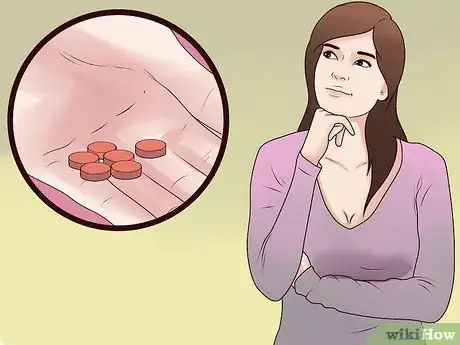


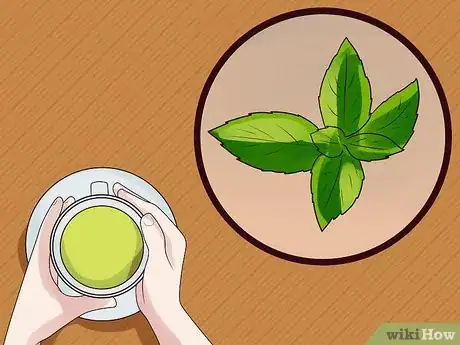

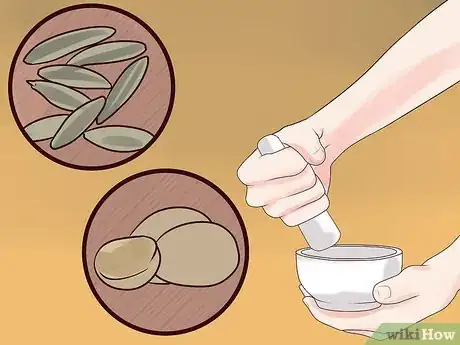
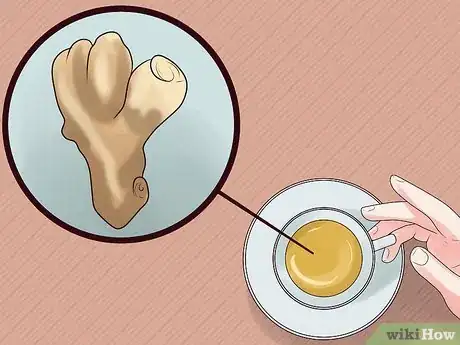


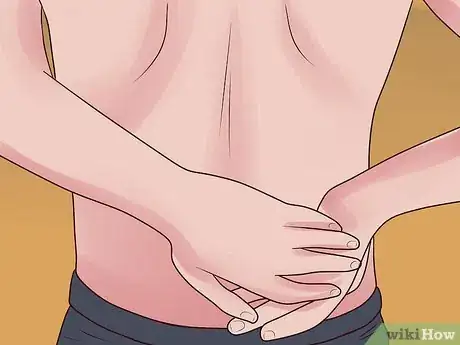
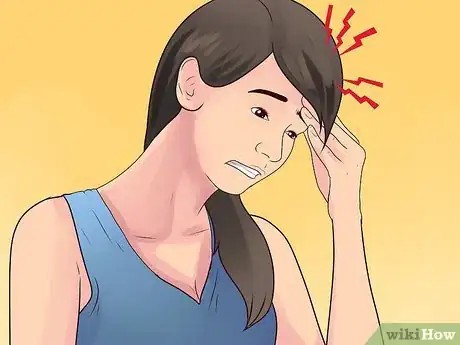
























































Medical Disclaimer
The content of this article is not intended to be a substitute for professional medical advice, examination, diagnosis, or treatment. You should always contact your doctor or other qualified healthcare professional before starting, changing, or stopping any kind of health treatment.
Read More...